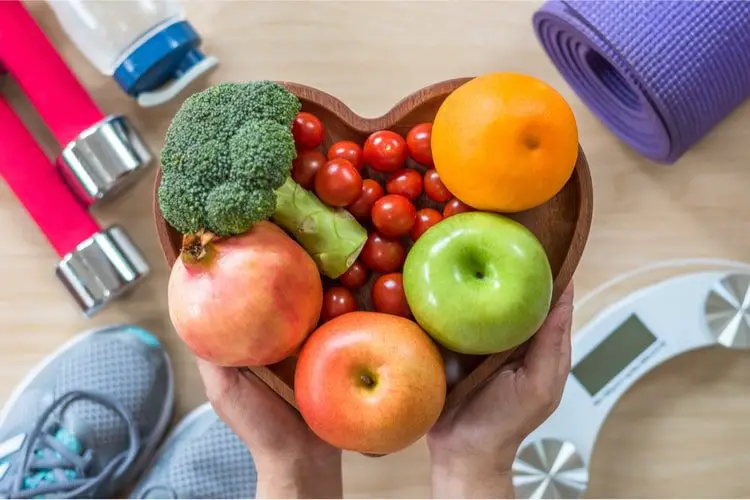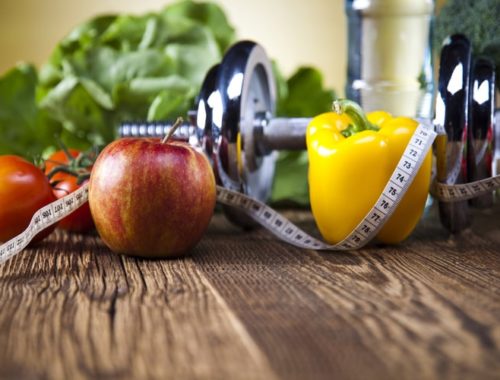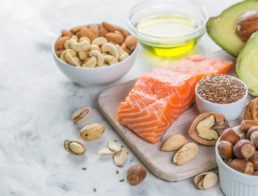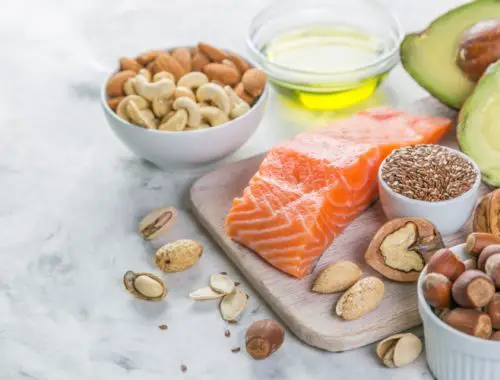Carbohydrates are a macronutrient shrouded in confusion these days.
With so much talk about diet trends like Keto, Paleo, the Carnivore diet and others that tout a low-carb approach, many people are left feeling like carbs are evil. The truth is that every macronutrient (protein, fat and carbohydrates) are essential to human health, you just need to know the best way to incorporate each so that your macronutrient ratios work well for your unique body and goals.
While there are differing opinions on whether carbs or fat is the body’s “preferred” fuel source, no one can argue with the fact that carbs are a fast-acting energy source. The body is constantly using carbs and converting them into energy-producing compounds like glucose and glycogen (the stored form of glucose). The trick is timing your carbohydrates according to activity, and adjusting the amount you eat to find your carb “sweet spot,” so to speak.
It’s also worth considering that studies have concluded that a relatively low-carb diet can be a helpful approach for weight loss, disease prevention and metabolic health, so you can feel confident that no one will benefit from or be able to effectively burn a diet high in refined carbs. The low-carb spectrum is broad though, and you certainly don’t have to eat a keto diet to benefit from cutting out many sources of sugar and simple carbohydrates.
Here are nine ways to burn carbs and maximize your carbohydrate intake to reach your goals:
1. Circuit Train
This exercise modality is a fast and effective way to burn through carbs and scorch calories. It’s also quick, effective and gets in both cardio and strength training, both key components of a well-rounded fitness program. Strength training (AKA resistance training or weight training) in general raises your resting metabolic rate (RMR), meaning you’ll burn through more carbs and calories while at rest, all day long.
Circuit training takes this one step further by pairing strength training exercises in a circuit with high intensity cardio bursts, meaning you’ll be doing anaerobic exercise that uses up glucose and depletes glycogen stores. Choose exercises that target different muscle groups or are total body movements like squats, lunges, pull-ups, push-ups and deadlifts. In between, insert a 30-60 second cardio interval, which can be anything from jumping jacks, lateral hops, speed skaters, burpees or squat jumps, among others.
2. Interval Train
Interval training is another way to ensure your cardio is tapping into those glycogen stores, meaning it burns through stored carbs. Exercise intensity is what dictates whether these stores are tapped into, and interval training is another excellent higher-intensity modality.
The beauty with intervals is they are completely adaptable to your fitness level and abilities. Intervals means switching between periods of higher intensity and lower intensity. Even better, studies show that HIIT (high intensity interval training) particularly helps to burn visceral fat around the mid-section (love handles included) that is linked to many chronic diseases.
I’ve used and recommended this interval workout timer for at-home sessions, and have found it to be very worth the small investment.
3. Do Low-Impact Cardio
Low impact cardio like walking, light biking, swimming and dancing won’t necessarily use glucose as readily as high intensity exercise, but it is an important piece of the metabolic health puzzle. The fact of the matter is, if you are not metabolically healthy and balanced to begin with, your body won’t be able to effectively burn carbs or any other fuel source efficiently.
What’s more, low impact cardio improves circulation, lowers insulin levels, strengthens bones and muscles, supports cognitive function, boosts cardiovascular health and even improves your mood. According to one study, the more steps people took during the day, the better their moods were and the more energetic they felt. This is because walking releases natural endorphins throughout the body that leave you feeling happier and more at-ease. The more energetic you are, the more active you are and the more carbs you burn.
4. Avoid Processed Carbs
Processed carbs include packaged and refined carbohydrates that no longer resemble foods from nature. Refined carbs and grains are those that have had their nutritious components and fiber removed in processing. White flour (refined wheat) is the most common type, and is the main ingredient in commonly consumed refined grains, such as pasta, bread and baked goods. While whole wheat pasta is slightly better than white pasta, it still has a much higher glycemic index than whole foods-based complex carbohydrates, which means it more rapidly spikes your blood sugar.
A high-refined carbohydrate diet is also a leading cause of high triglyceride levels, which increases your chances of developing heart disease. Carbohydrates that are best metabolized (burned) by the body are those that come from whole foods sources.
5. Enjoy Starchy Vegetables and Fruits
In an ideal world, the bulk of your carbs will come from starchy veggies and fruits. Starchy vegetables include delicious foods like sweet potatoes, yucca, plantains, parsnips, turnips and winter squashes, for example. The body recognizes these carbohydrates as actual foods and their absorption and digestion is slowed by their naturally occurring fiber and nutrients. That means that they will have less of an impact on blood sugar, will provide more long-lasting energy and are much less likely to lead to weight gain or other metabolic issues.
For a primer on whole foods eating for optimal health, I love this book by Dr. Mark Hyman.
6. Stick to Whole Grains
Instead of white rice that contains very little nutritional value (unless it has been cooked and cooked, in which case interesting research shows its value as a resistant starch), go for whole grain options instead for more fiber and nutrients. This means brown and black rice, quinoa, barley, millet, buckwheat, corn and whole oats. Skip more refined grains like white rice, instant oats, processed cereals, breads, pastas, grits, tortillas and others.
7. Time Carbs After Exercise
Being that your glycogen stores are depleted during intense exercise, timing a higher carbohydrate meal within the 2-3 hour window post-exercise can mean you burn carbs more efficiently and refill your glycogen stores. This is especially true for endurance sports like long distance running, swimming, biking or other activities.
After exercise your body experience a phenomenon called excessive post-exercise oxygen consumption, or EPOC. This refers to the 2-3 hour period after high intensity cardio where your metabolism is increased and you burn calories at a faster rate. Ideally you will eat a balanced meal within 30-60 minutes post-workout to support optimal recovery, decrease muscle soreness and take advantage of your metabolic advantage to burn carbs.
8. Know How to Read Labels
Learning how to be a nutrition label detective is surprisingly key when considering how to best burn carbs. Many refined grains and sugars are hiding in processed and packaged foods, and marketing claims can be quite deceiving. Many products claim to be low calorie, low carb, low fat, heart-healthy, natural, etc, but you’ll only decipher what truly lies within that packaging from knowing how to read the ingredient list and nutrition facts. Check out this helpful guide from the Academy of Nutrition and Dietetics.
9. Keep Portions In Check
Keep in mind that even when eating the most nourishing of carbohydrates, too much of them is likely to lead to weight gain in most people. While I don’t necessarily recommend counting calories and measuring out portions, implement tricks like using a smaller plate, putting your fork down between each bite and chewing each bite very thoroughly. This gives your body and brain a chance to register your level of hunger and satiety, and is foundational for healthy digestion and a conscious connection with food.
Carbohydrates can absolutely be part of a well balanced diet, regardless of your goals. If you largely stick to the overall principle of eating real, whole foods most of the time with all macronutrient groups, you’re probably on the right track.









